Tailless Aircraft: How Airplanes Fly Without a Tail
Pilot Institute
JUNE 4, 2025
Have you ever seen an airplane with no tail and no vertical fin, but with just a sleek wing? They prove that with the right aerodynamic tricks, you dont need a tail to fly. Key Takeaways A tailless aircraft has no other horizontal surface besides its main wing. Directional (yawing) stability from the vertical stabilizer.


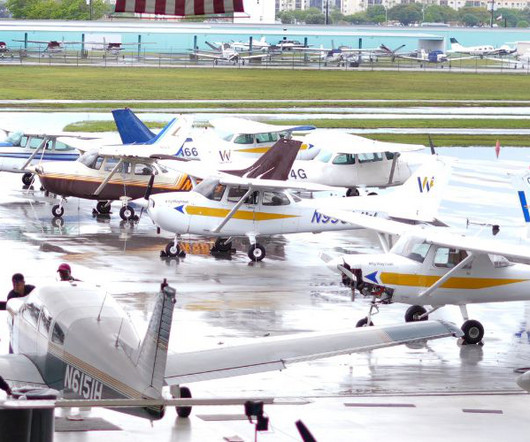
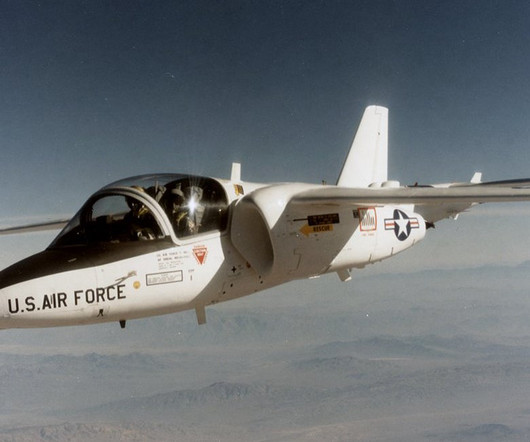



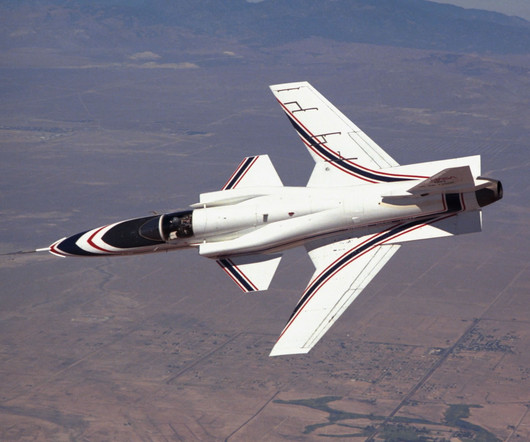

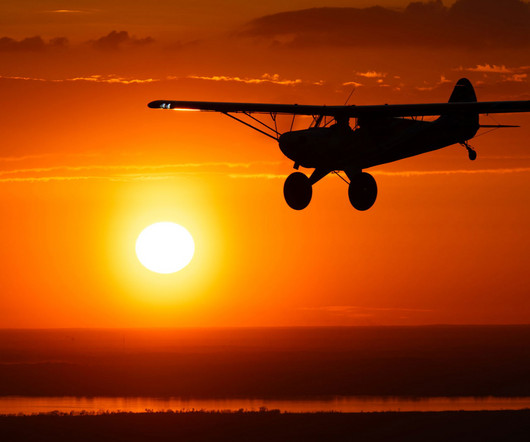

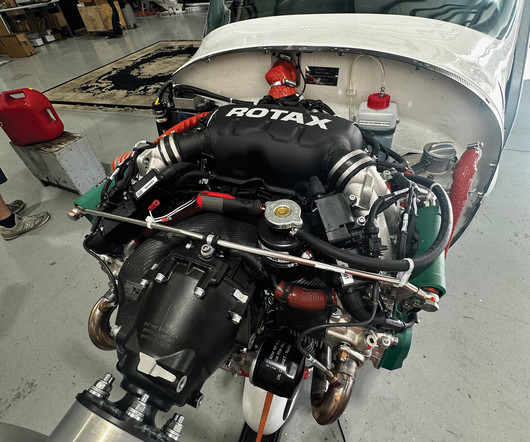






Let's personalize your content